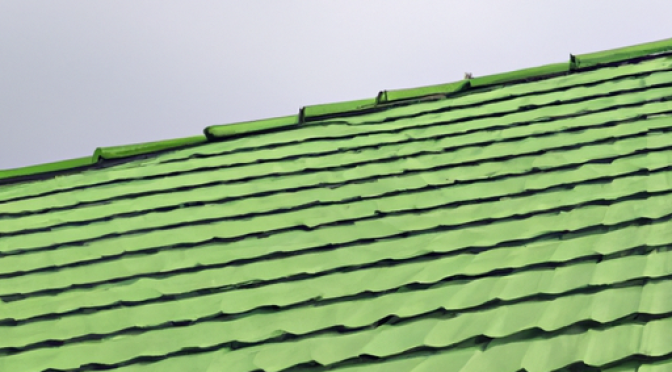Introduction
Green roof houses are buildings with green roofs on which vegetation is planted. This green surface not only adds aesthetic value to the building, but also has a number of energy efficiency benefits.
Thermal insulation
Green roofs have excellent thermal insulation properties. A layer of vegetation prevents heat loss through the roof, thus reducing heating and cooling costs. Green roofs also help to maintain cooler internal temperatures during the summer months, reducing the use of air conditioning.
Air quality
The green roofs of green roofs produce oxygen and reduce air pollution. Plants absorb harmful substances such as carbon dioxide and particulate matter and release oxygen. They thus improve the quality of the environment and contribute to the health of the inhabitants.
Drainage
Green roofs help to manage rainwater. Vegetation absorbs water, reducing the burden on stormwater drainage. This reduces overloading of the drainage system and the risk of water pollution.
Biodiversity
Green roofs contribute to maintaining urban biodiversity. Vegetation attracts birds, insects and other small creatures that play an important role in the balance of the ecosystem. In this way, green roofs help to preserve urban biodiversity.
Conclusion
Green roofs offer many benefits in terms of energy efficiency. Their thermal insulation properties reduce heating and cooling costs, improve air quality, help drainage and contribute to maintaining urban biodiversity. It is therefore worth considering green roofs as a sustainable and energy efficient building option.
∑: vegetation, drainage, biodiversity, energy, insulation, reducing, quality, contribute, building
